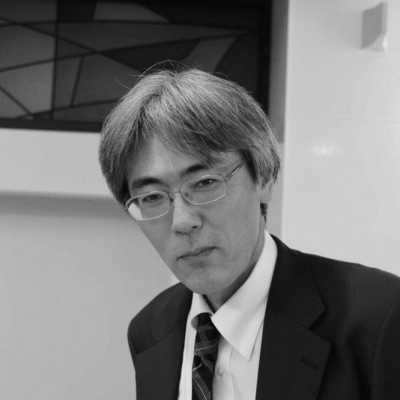Electronic devices are essential in our modern world. They underpin virtually every industry, keeping us connected, productive, and innovative. But electronics are only as good as the materials used to construct them, and developing novel materials is a slow process. Historically, it takes 15-20 years and thousands of experiments to bring one new material to the market.
In my role as a principal engineer at Panasonic Industry Co. Ltd., I oversee the research and development of new materials for electronics. I’ve worked in the materials science field for more than 30 years, focusing on semiconductor process development, and more recently, materials for capacitors, circuit boards, and other devices. The tiny electronic components we produce at Panasonic Industry Co. Ltd. are critical to the performance of many consumer and industrial products, from computers and mobile phones to graphics processing units (GPUs) and data centers. Our goal is to create new materials that improve the functionality of electronic devices, making them faster, more stable, and more energy efficient.
When I joined Panasonic in 2016, the R&D team was relying solely on traditional methods for materials development. They performed experiment after experiment, synthesizing and testing samples over and over again, with a high rate of failure and lengthy timeline for meaningful progress. To make our work more efficient, I introduced Schrödinger’s computational platform and materials science software suite. The platform, which incorporates first principles physics calculations, accelerated by machine learning, has enabled my team to predict molecular properties and discover candidate molecules with a high level of accuracy in silico—before having to test any new materials in laboratory experiments. This approach has transformed the way we work, saving us a tremendous amount of time by significantly reducing testing cycles and speeding up the development of new materials.
The ability to quickly iterate our materials design process allows us to design and develop novel materials ourselves, rather than relying on the external vendors used by other companies. This gives us an advantage over our competitors—we can now produce truly novel and superior products with the best materials possible for a given application.
Schrödinger provides us with more than just software as part of our service agreement—they are a true partner in our research. With an office here in Japan, Schrödinger scientists and engineers are easily accessible and able to collaborate in-person with our team. For one project focused on designing novel materials for semiconductors, we partnered with Schrödinger to create a new workflow that combined atomic simulations and machine learning technologies. By implementing the workflow, we were able to screen more than 14 million molecules and perform more than 9,000 density functional theory (DFT) calculations, which allowed us to predict which molecules had the most desirable properties. We then narrowed the top-ranked molecules to 50 novel molecules with the target performance profile to test for potential use in semiconductors.
This ability to explore millions of molecules and target tens of potential candidates within a short period of time is simply unfeasible with traditional approaches. Having access to Schrödinger’s advanced simulation tools and unprecedented computational power has changed the way we innovate at Panasonic Industry Co. Ltd., helping us make the electronic devices of tomorrow achievable today.












